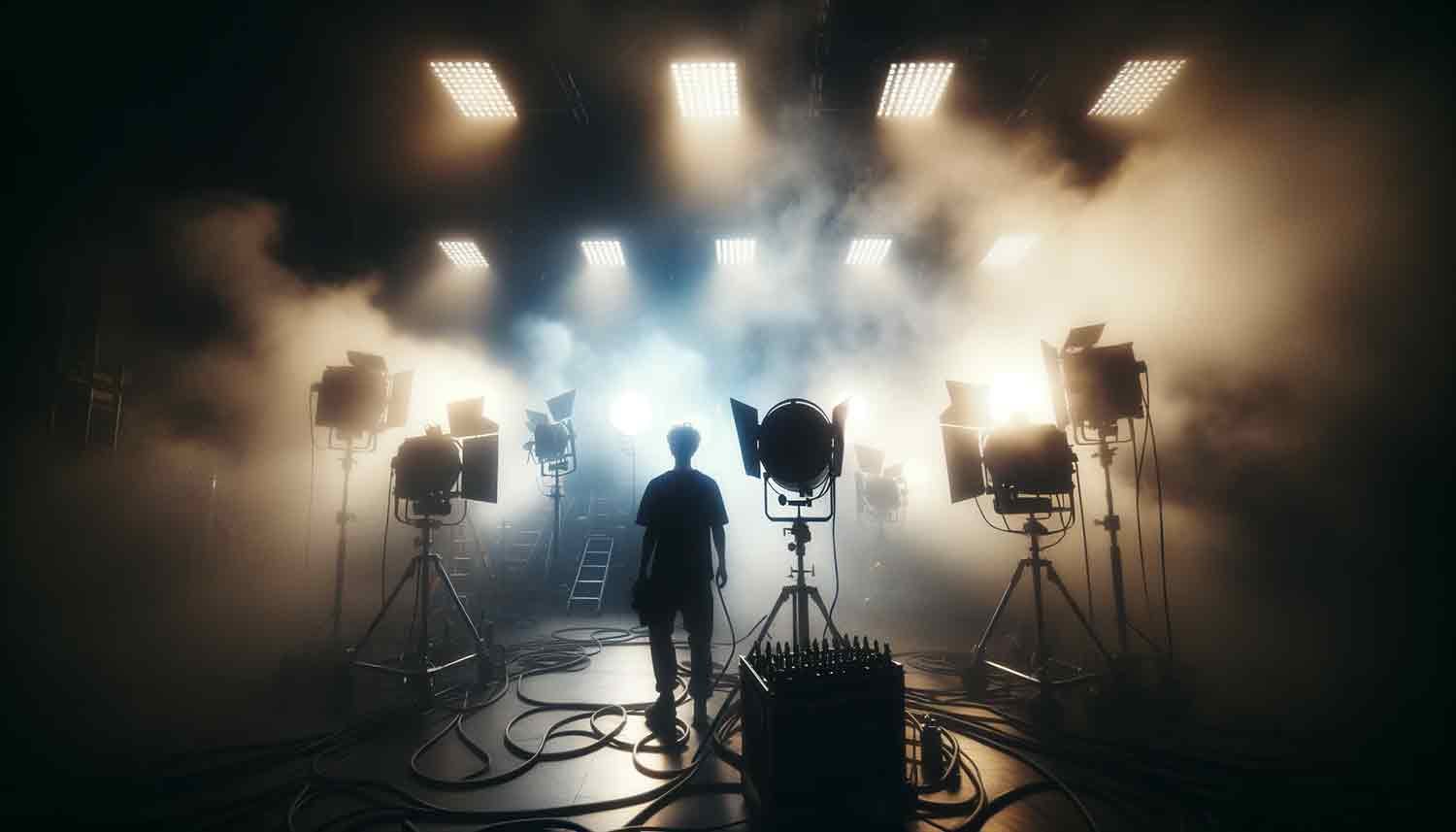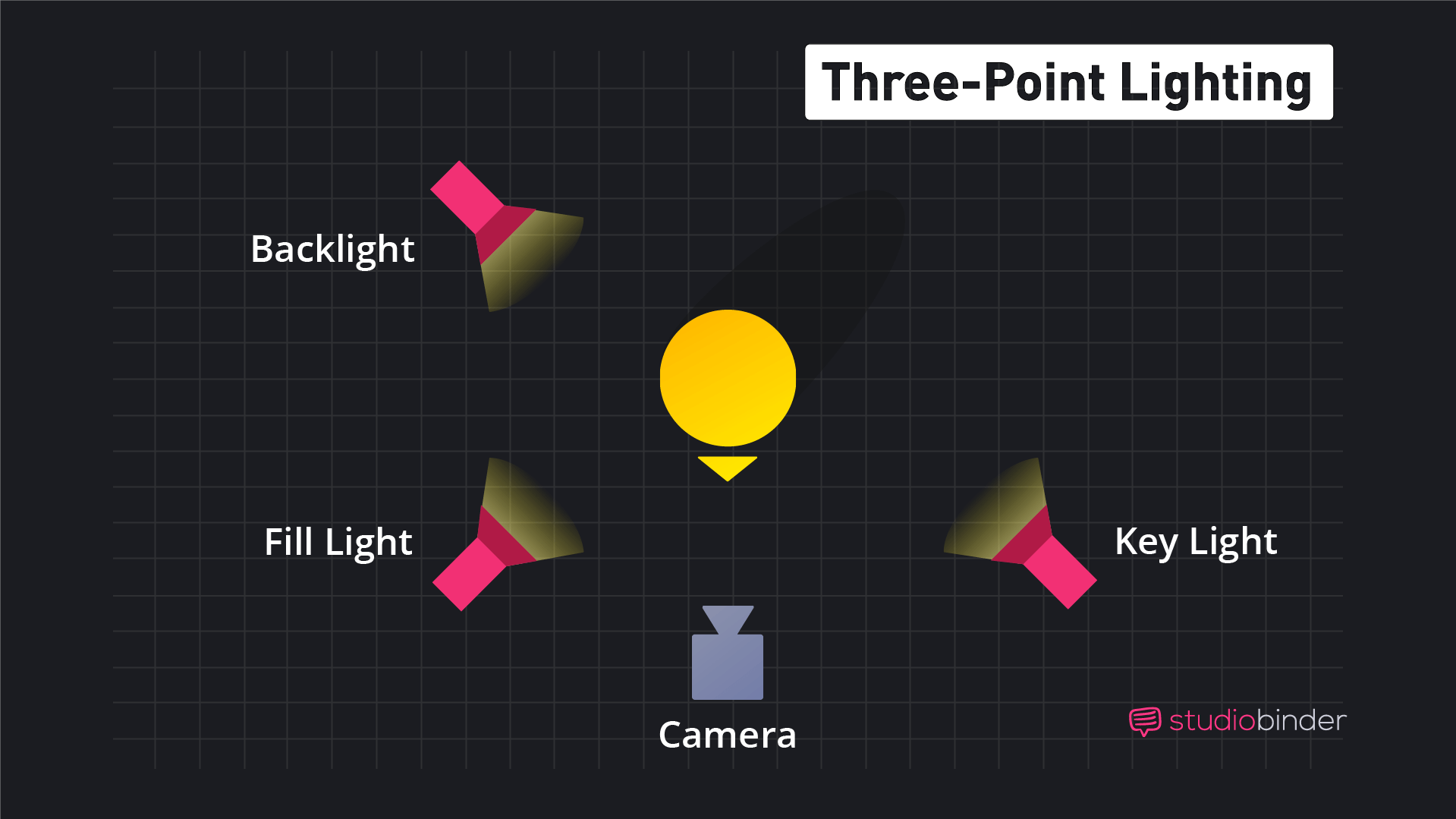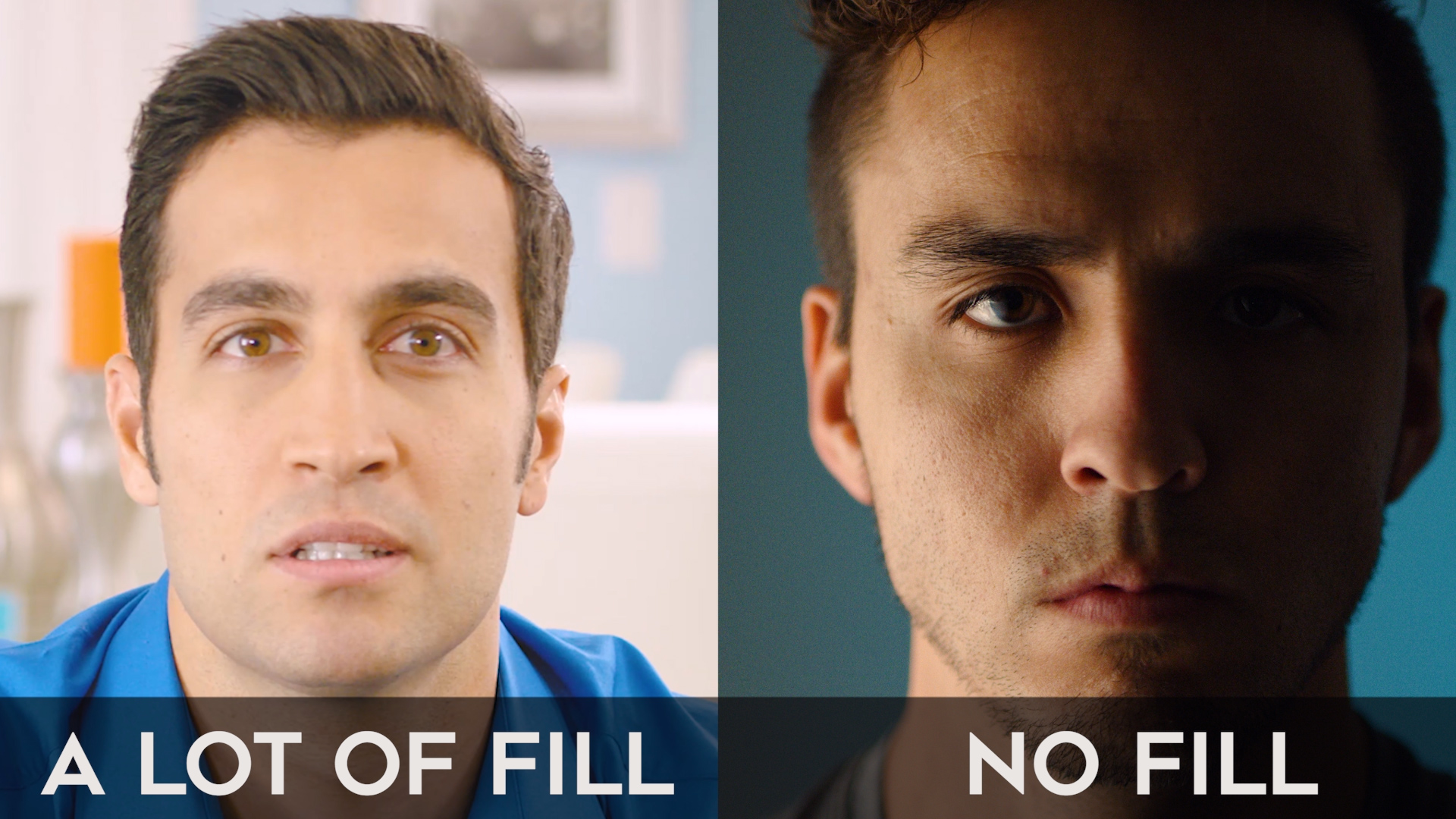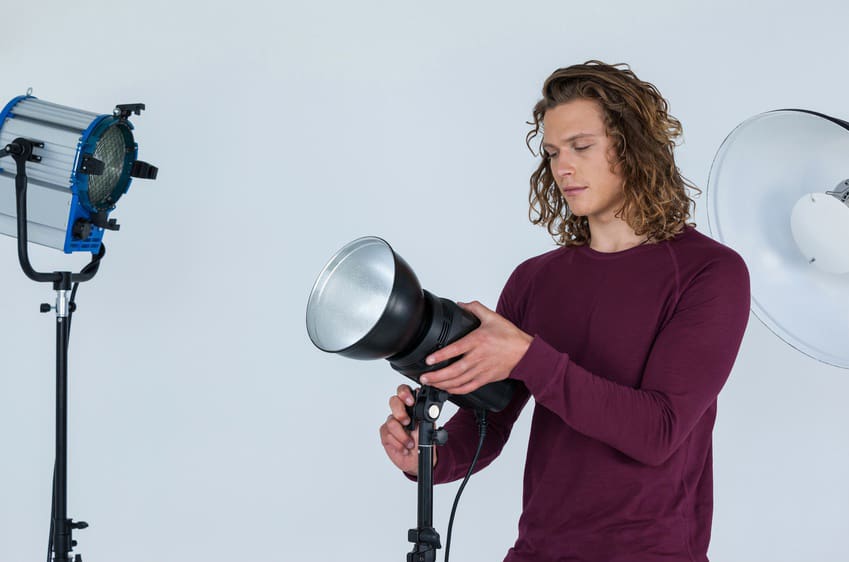What is a Gaffer?
A Gaffer is not just a "light guy" – they are the creative engineer of visual storytelling. As the Chief Lighting Technician, they transform the director's and cinematographer's vision into visual poetry through the masterful manipulation of light and shadow.
Technical Expertise: Managing complex lighting setups and electrical systems
Creative Vision: Translating mood and emotion into light
Team Leadership: Directing the electrical department
Problem Solving: Adapting to on-set challenges in real-time
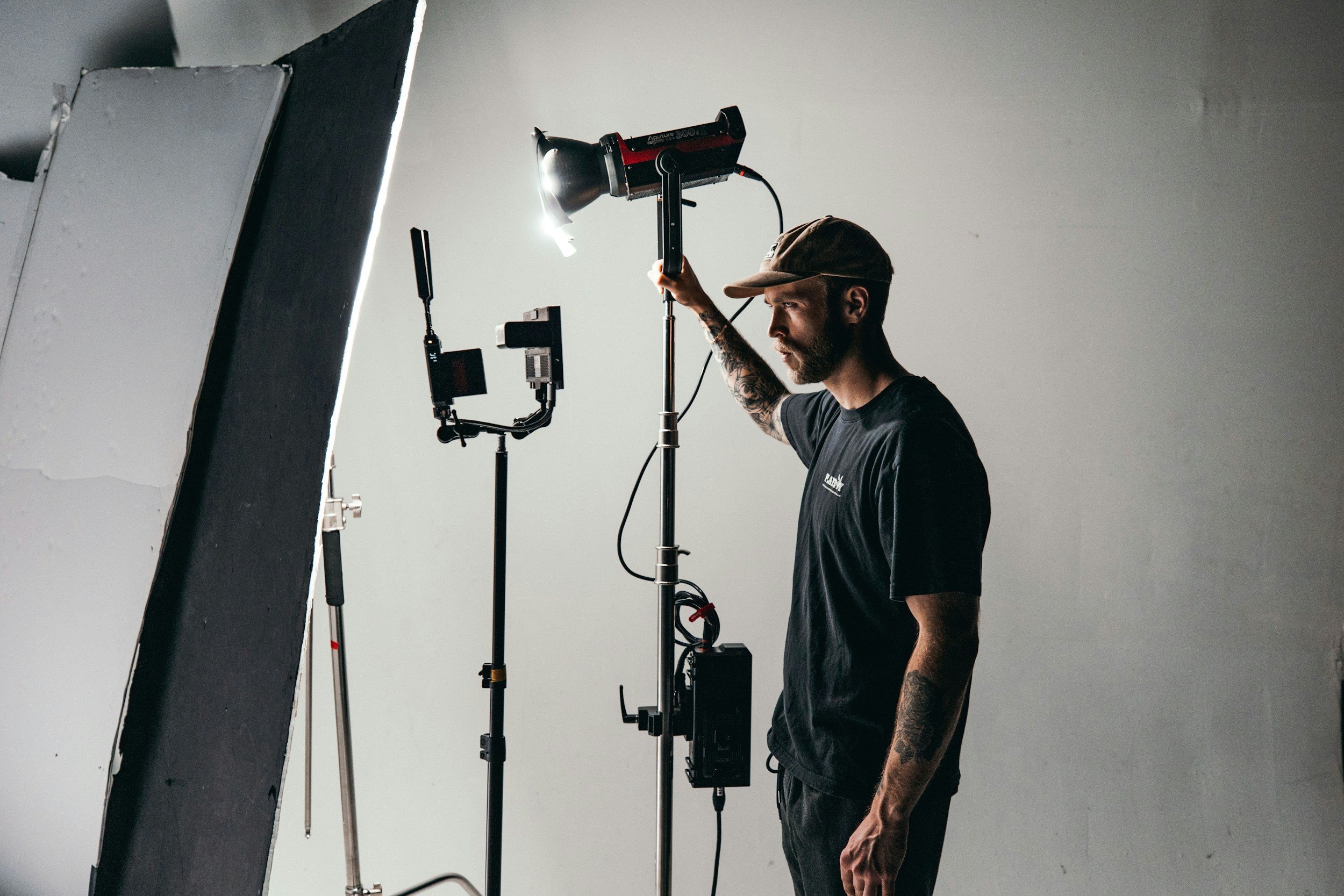
Gaffer in action on a professional film set
